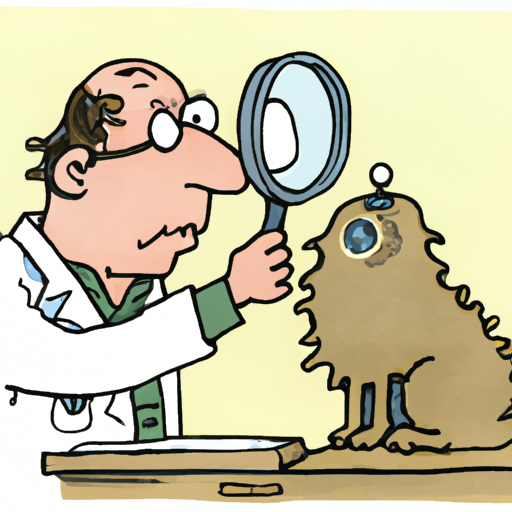As a trusted caregiver, your pet’s health is a significant concern, and when it comes to hairballs in dogs, you need comprehensive, practical and effective solutions. So, let’s delve into the subject, shall we?
Understanding Hairballs in Dogs
While hairballs are commonly associated with cats, dogs can also suffer from this condition. Hairballs, also known as trichobezoars, are balls of hair that accumulate in a dog’s digestive tract when they groom themselves and swallow their hair.
Causes
- Excessive grooming: Dogs that groom excessively are more likely to develop hairballs.
- Diet: A diet low in fiber can prevent the natural expulsion of hair through feces.
- Health issues: Certain health conditions, such as skin allergies or parasites, can cause excessive licking and grooming, leading to hairball formation.
Recognizing the Signs and Symptoms
It’s crucial to recognize the signs of hairballs in your dog to ensure early intervention. These might include:
- Repeated unproductive retching and gagging
- Loss of appetite
- Lethargy
- Abdominal discomfort
- Constipation or diarrhea
Diagnosis and Treatment
Consulting a veterinarian is critical if you suspect your dog has a hairball. They’ll likely use diagnostic tools such as x-rays or ultrasounds to confirm the presence of a hairball. Upon diagnosis, your vet may recommend one or more of the following treatments:
- Laxatives: To help pass the hairball through the digestive tract.
- Endoscopy: In severe cases, a vet may use an endoscope to remove the hairball.
- Surgery: In extreme cases, surgery may be required to remove a large hairball.
Preventing Hairballs in Dogs
Prevention is always better than cure, and there are several strategies you can employ to prevent hairballs:
- Regular grooming: Brush your dog’s coat daily to remove loose hair and reduce the amount swallowed during self-grooming.
- Healthy Diet: Feed your dog a high-fiber diet to promote good digestive health.
- Discourage excessive grooming: If your dog is grooming excessively due to stress or allergies, seek veterinary advice to manage these underlying issues.
Home Remedies for Hairballs in Dogs
While it’s crucial to consult a vet for severe cases, some home remedies can aid in managing hairballs:
- Pumpkin: A spoonful of canned pumpkin can act as a natural laxative.
- Hairball remedies for cats: Some of these can be safely used for dogs, but always consult a vet first.
| Home Remedy | Amount | Frequency |
|---|---|---|
| Canned Pumpkin | 1 Spoon | Once a day |
| Cat Hairball Remedy | As per vet’s advice | As per vet’s advice |
Frequently Asked Questions
Can a hairball harm my dog?
While most hairballs pass naturally through a dog’s digestive system, large hairballs can cause blockages that may require medical intervention.
How often should I groom my dog to prevent hairballs?
Daily grooming is recommended, especially for dogs with long hair or dogs that shed excessively.
Can I use cat hairball remedies for my dog?
Yes, some cat hairball remedies can be used for dogs. However, always consult with your veterinarian before administering any over-the-counter medications.
Are certain dog breeds more prone to hairballs?
Dogs that groom themselves excessively or have long hair are more prone to hairballs. These can include breeds like Poodles, Shih Tzus, and Maltese.
Can a change in diet help prevent hairballs?
Yes, a high-fiber diet can help in the natural expulsion of hair through your dog’s feces, thus helping prevent hairball accumulation.
Remember, as a caregiver, your awareness and proactive actions can significantly impact your dog’s health and happiness. Continue to stay informed and vigilant to keep your furry friend living their best life.



